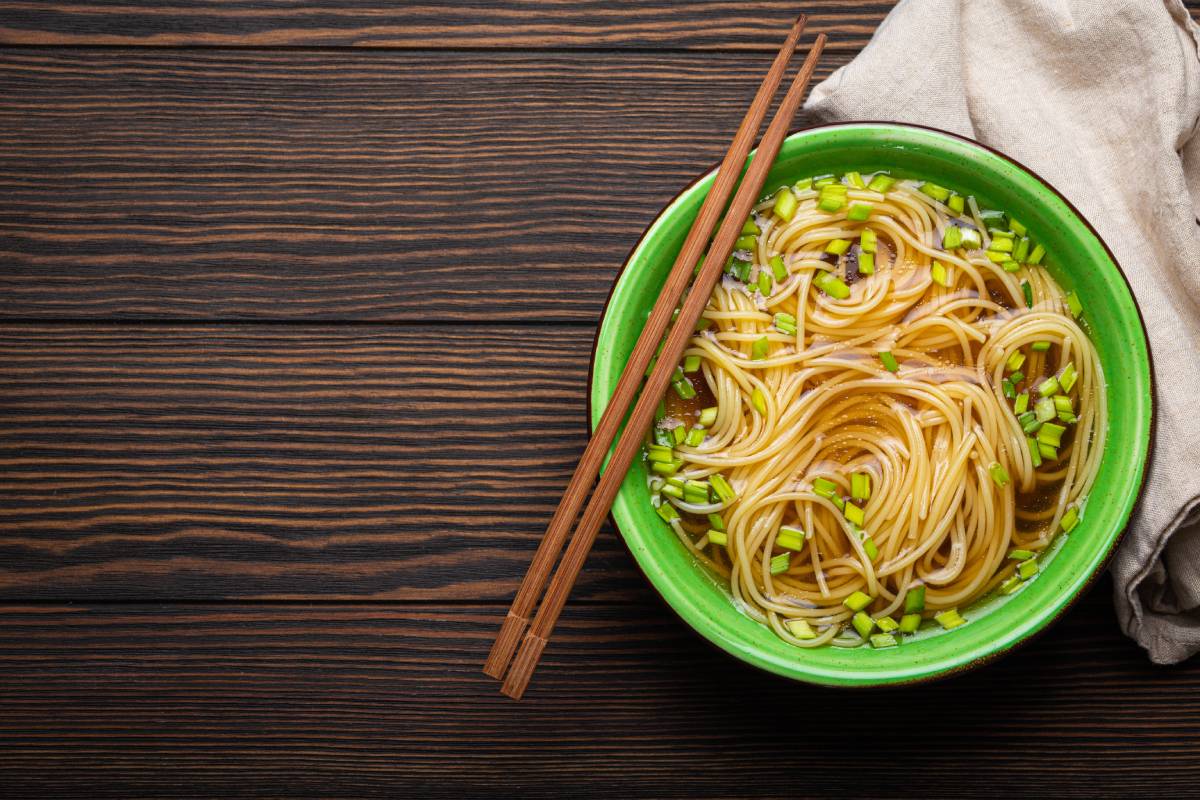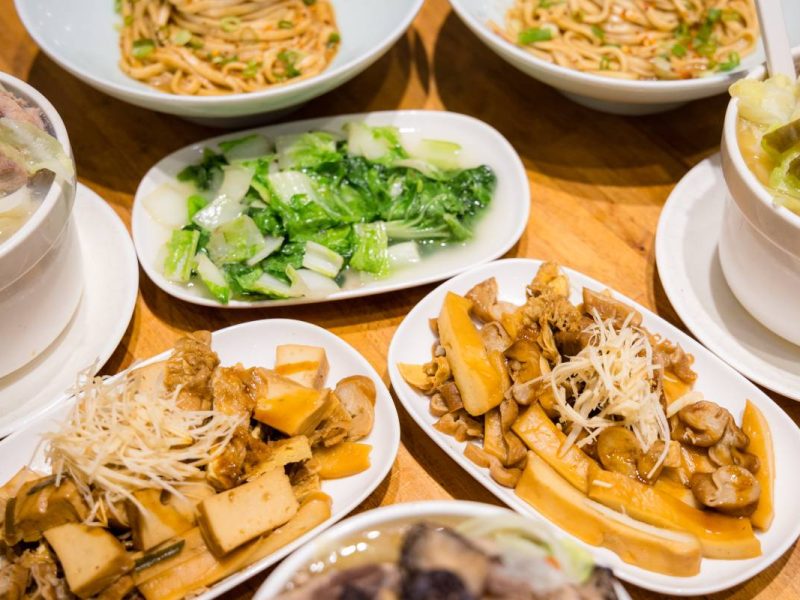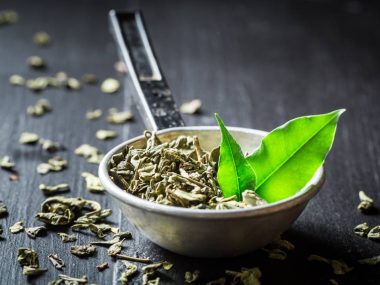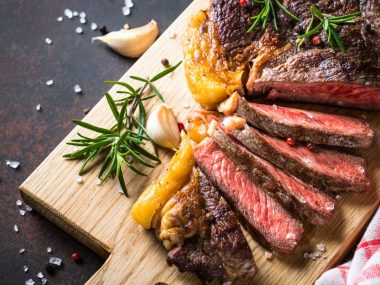Chinese cuisine, renowned for its diversity, unfolds a culinary tapestry in a typical meal—where staples like rice or noodles harmonize with appetizers and communal dining. The rich variety extends to eight distinct Chinese cuisines, each presenting unique flavors and techniques.
What is a typical Chinese meal?

A typical Chinese meal is a delightful symphony of flavors and textures, reflecting the country’s rich culinary heritage. Chinese cuisine is incredibly diverse, with regional variations that offer a wide array of dishes.
A standard Chinese meal usually consists of three main components: rice, noodles, or steamed buns, accompanied by a variety of side dishes. Rice is a staple, served in generous portions, and forms the foundation of many meals. Noodles, made from wheat or rice flour, are equally popular and come in various shapes and sizes.
Chinese dishes are characterized by their balance of flavors, encompassing sweet, sour, salty, bitter, and umami tastes. Stir-frying, steaming, and deep-frying are common cooking techniques, ensuring dishes retain their natural flavors and nutritional value.
A typical meal often starts with appetizers, such as spring rolls or dumplings, which are filled with a savory mixture of meat, vegetables, or seafood. These bite-sized treats are typically enjoyed with a side of soy sauce or other dipping sauces, adding an extra layer of flavor.
Main courses are diverse, ranging from poultry, beef, and pork to a plethora of seafood options. Vegetarian dishes, often centered around tofu and various vegetables, are also widely enjoyed. Chinese cuisine excels in creating dishes with a perfect harmony of textures, combining crispy, tender, and chewy elements in a single bite.
Vegetables play a crucial role in Chinese meals, either as side dishes or as part of the main course. They are often stir-fried or steamed to preserve their natural colors, flavors, and nutrients. Popular choices include bok choy, broccoli, and Chinese cabbage.
Sauces are essential in Chinese cuisine, enhancing the overall taste of the dishes. Soy sauce, hoisin sauce, and oyster sauce are common additions, providing a salty and savory kick. Sweet and sour sauces are also prevalent, offering a delightful contrast to savory dishes.
Desserts in Chinese cuisine are typically less sweet than their Western counterparts. Red bean paste-filled buns, sesame balls, and rice cakes are popular choices, showcasing a subtle sweetness and a focus on texture.
In addition to the diverse array of dishes, the Chinese dining experience often involves sharing meals family-style. This communal approach allows everyone at the table to enjoy a variety of flavors and textures, promoting a sense of togetherness.
In summary, a typical Chinese meal is a harmonious blend of rice or noodles, flavorful appetizers, a variety of main courses featuring meat or seafood, and an emphasis on fresh vegetables. The careful balance of flavors, cooking techniques, and communal dining make Chinese cuisine a delicious and culturally rich culinary experience.

What are the 8 types of Chinese cuisine?
Chinese cuisine is incredibly diverse, with eight main regional types that showcase the country’s culinary richness.
- Cantonese Cuisine: Originating from Guangdong province, Cantonese cuisine emphasizes fresh ingredients and light seasoning. Popular dishes include dim sum, roast duck, and sweet and sour pork.
- Sichuan Cuisine: Hailing from the Sichuan province, this cuisine is known for its bold and spicy flavors. Sichuan dishes often feature chili peppers, garlic, and Sichuan peppercorns, creating a unique and fiery taste.
- Shandong Cuisine: Shandong cuisine, originating from the Shandong province, highlights seafood and focuses on a variety of cooking techniques. It is characterized by its crisp texture and rich taste.
- Hunan Cuisine: From the Hunan province, this cuisine is famous for its use of smoked and cured meats. It features bold flavors, with dishes often incorporating chili peppers, garlic, and shallots.
- Fujian Cuisine: Coming from the Fujian province, this cuisine places a strong emphasis on seafood and has a reputation for its soups and broths. It incorporates a delicate balance of sweet, sour, salty, and umami flavors.
- Jiangsu Cuisine: Originating from the Jiangsu province, this cuisine values carefully selected ingredients and exquisite presentation. It includes both salty and sweet flavors, with an emphasis on slow-cooking techniques.
- Zhejiang Cuisine: Hailing from the Zhejiang province, this cuisine is known for its fresh and tender dishes. It often features seafood, bamboo shoots, and various types of meat, focusing on natural flavors.
- Anhui Cuisine: From the Anhui province, this cuisine places importance on wild herbs and braising techniques. Dishes are hearty and flavorful, with a focus on preserving the original taste of the ingredients.
These eight types of Chinese cuisine represent the culinary diversity stemming from different regions, each offering a unique blend of flavors, ingredients, and cooking styles. Whether you prefer the fiery spice of Sichuan or the delicate balance of Cantonese, exploring these regional cuisines provides a delicious journey through China’s gastronomic landscape.
What is the hardest Chinese dish to make?
After drying, the duck undergoes a meticulous seasoning process, involving the application of a syrupy glaze to enhance flavor and achieve that iconic shiny, caramelized coating. The duck is left to air-dry again, allowing the flavors to penetrate the meat.
The next step involves a unique method of roasting. Peking Duck is typically cooked in a closed oven, using fruitwood to impart a subtle smokiness to the meat. The duck is roasted until the skin turns golden and crispy, while the meat remains succulent.
The challenge continues with the carving process, an art in itself. The objective is to slice the duck into thin, uniform pieces that showcase the perfect combination of crispy skin and tender meat. This requires skill and precision to achieve the desired result.
Accompaniments play a crucial role in serving Peking Duck. Thin pancakes, hoisin sauce, and julienned scallions are commonly used. Each element contributes to the overall experience, requiring attention to detail in presentation.
The complexity of Peking Duck lies not only in the technical aspects but also in the time and effort invested in mastering each stage. Chefs often undergo extensive training to perfect the art of preparing this iconic dish.
While Peking Duck stands out, it’s essential to note that other Chinese dishes can also pose significant challenges. For instance, the labor-intensive process of creating delicate dim sum or the intricate art of crafting Xiao Long Bao (soup dumplings) with a perfectly thin yet sturdy wrapper can be equally demanding.
In the realm of Chinese cuisine, the difficulty of a dish often adds to its allure. Whether tackling the multi-step process of Peking Duck or mastering the nuances of other intricate recipes, the journey in Chinese culinary artistry is as rewarding as the final flavors on the plate.

Conclusion: In the realm of Chinese culinary challenges, Peking Duck stands out for its intricate preparation, demanding precision from selecting the duck to achieving the perfect crispy skin. Yet, it’s just one example of the craftsmanship embedded in Chinese cooking.



